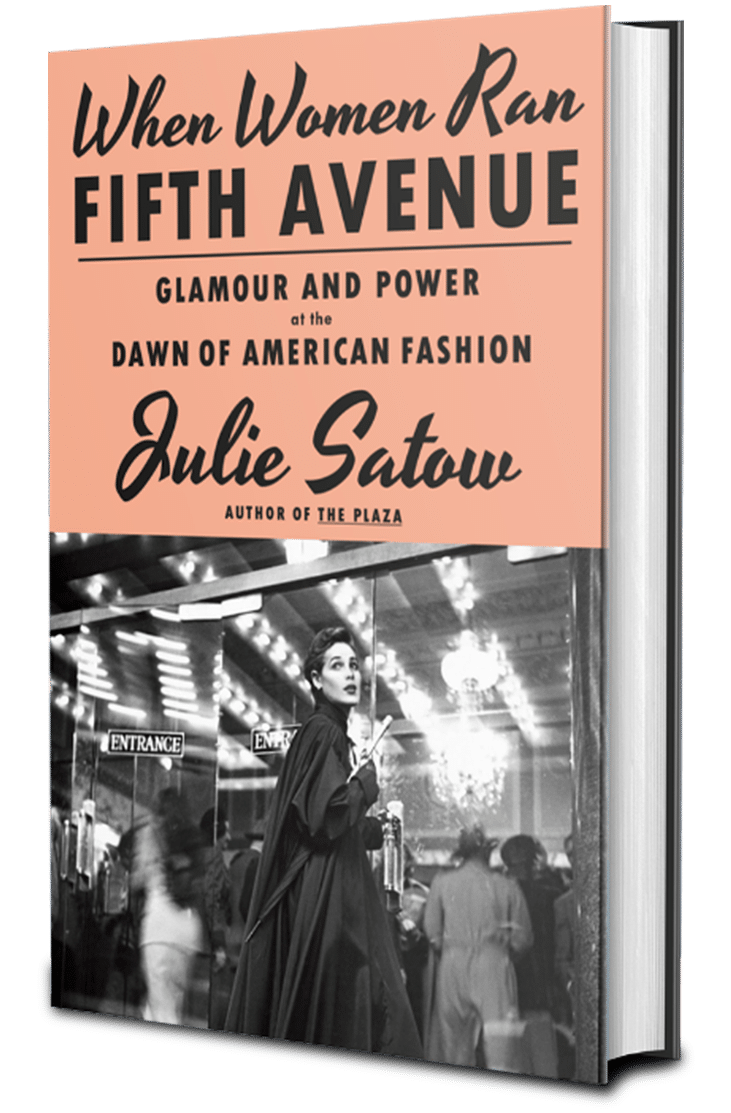She Was a Star of New York Real Estate, but Her Life Story Was a Lie
- juliesatow
Wrapped in furs, dripping with diamonds and with her blond hair perfectly coifed, Faith Hope Consolo cut a glamorous figure in the flashy, late 20th-century world of New York City real estate.
Ms. Consolo was born into the business, benefiting from her father’s legacy as a real estate executive. Emboldened professionally by her mother, a child psychiatrist, Ms. Consolo parlayed her privileged Connecticut upbringing, which included a stint at Miss Porter’s School for Girls and a degree from Parsons Paris, into a bold career, socializing and cutting deals with the moneyed classes she knew so well.
In late 2018, Ms. Consolo died unexpectedly of a heart attack at age 73. As someone who had covered her for years, I wrote her obituary, which included some of the details above, confirming her place in this rarefied world.
But those details, I soon discovered, were lies.
The broader truth, of course, involved a trailblazing career in commercial real estate. Her professional achievements are real. As the self-anointed “queen of retail,” Ms. Consolo was often the only woman in the room. She lured the Spanish clothing store Zara to New York City in the 1980s, persuaded Cartier’s landlords to renew the lease of its iconic Fifth Avenue mansion a decade later, and negotiated the relocation of Ivanka Trump’s jewelry boutique to SoHo in 2011.
But as she built her brand, Ms. Consolo methodically developed a pedigree that she sold and preserved for decades, unquestioned. No one in the financial press, from Crain’s to The New York Times to The Wall Street Journal to Fox Business, seemed to have an inkling that Ms. Consolo was anything other than as she presented herself.
Slowly I began piecing together her true story, a process that would take me from Brooklyn to Alcatraz, from hairdressing to heroin rings, and would even include an Oscar-nominated documentary film, starring one of Ms. Consolo’s stepmothers.

Shortly after the obituary was published, I received a message through LinkedIn, the kind that every journalist dreads. “I hate to challenge your reporting,” wrote a woman who claimed to have been a childhood friend of Ms. Consolo’s, “but the information you provided about Faith’s early years is absolutely untrue.”
She said she had proof.
My heart sank, but I wasn’t exactly surprised. I had tried to walk a very careful line writing Ms. Consolo’s obituary — confirming what I could and attributing to others details that could not be independently verified.
But even the most basic facts had been a challenge, such as Ms. Consolo’s correct birth date. Before the obituary was published, I persuaded her assistant to send me a photo of her driver’s license so that we could accurately report her age. She was 73, not 69, as she maintained.
I met Ms. Consolo in the early 2000s. At one of our first dinners together, her characteristic outrageousness was on display. As we sat at the bar of a TriBeCa restaurant, she sipped wine and dished on the latest industry gossip.
On the other side of her sat a handsome young banker-type, and as Ms. Consolo talked, she casually reached over and began eating the French fries off the stranger’s dinner plate.
I was amazed; so was he. As the gentleman looked at her, wide-eyed, wondering why she was eating his fries, the zaftig Ms. Consolo leaned her elbow on the bar, the V-neck of her dress slipping to reveal her bra strap, and barked in her best brassy-dame tone: “What?! You weren’t even eating them!”
She then turned her back on him and continued our conversation as if nothing was amiss.
Admittedly, she was more Mae West than Grace Kelly. But that was the thing about Ms. Consolo: She kept you on your toes. There was no time to wonder why this supposed blue blood had a Brooklyn accent and a scrappy bravado.
Ms. Consolo was a singular figure in the world of retail real estate. She loved to shop and incorporated it into her deal-making. She represented Godiva chocolates, she said, because they were her favorite, and she brought Zara to New York after going to Barcelona on a shopping spree.
“She really changed the retail marketplace,” said William Rudin, one of the city’s largest developers. “Her street smarts and entrepreneurial spirit and flair — even the way she dressed and communicated — attracted an amazing clientele, some of the great international brands, to New York.”
Ms. Consolo first emerged as a power player in the 1980s, when she joined Garrick-Aug Associates, eventually becoming the firm’s vice chairwoman and founding its international division.
In 2005, she joined the real estate company Douglas Elliman as the chair of its retail division. There, Ms. Consolo published a quarterly market snapshot, The Faith Report, and a blog, The Faithful Shopper. Her tagline, “You Need Faith,” was stamped in her favorite shade of pink on pens, nail files, and the posters that could be seen plastered on vacant shop windows across Manhattan. She racked up career honors and regularly spoke at panels and conferences.
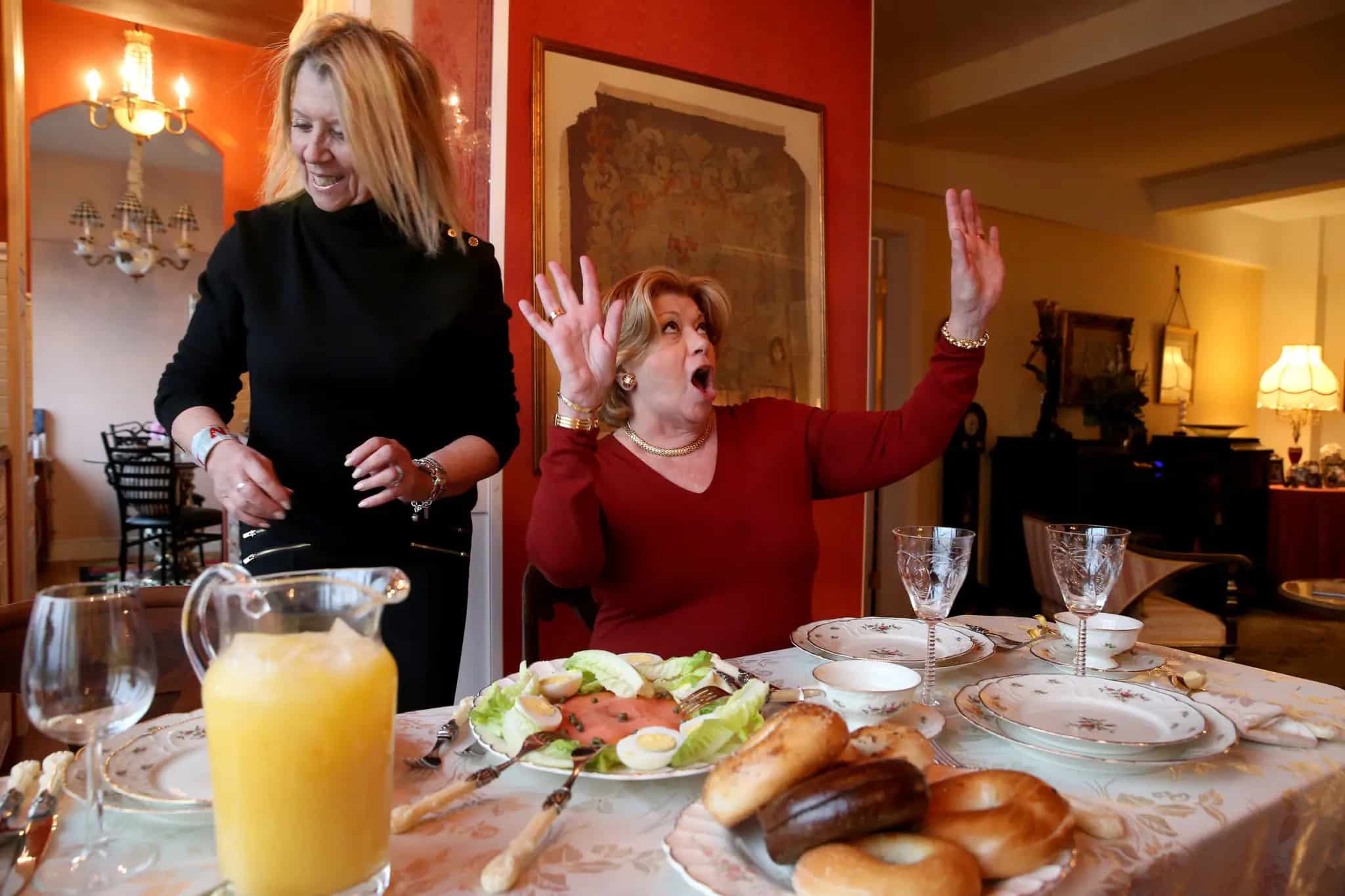
But Ms. Consolo also found herself embroiled in several controversies. She took credit for leases that had been negotiated by competing brokers, and she was caught making false claims based on nonexistent reports. Over the years, publications were forced to issue retractions, and she gained a reputation for exaggeration. Several reporters, including me, made it a policy not to quote her.
As is the case with big personalities who tend to exaggerate, she was also fun to be around. Ms. Consolo never had a starring role on a reality series like “Million Dollar Listing,” but she seemed made for the genre. Her one brush with performing was the Off-Broadway play “My Big Gay Italian Midlife Crisis,” where she portrayed Luscious Lucille, a pink-leotard-wearing huckster of a fitness plan in Atlantic City.
“She was bigger than life,” said Esther Muller, her friend for many years. Ms. Muller, a real estate broker and coach, had known her since the 1980s, and when I told her that her friend’s biography was completely invented, she was momentarily silent. Then she said that she was sympathetic to her possible motivations.
“For whatever reason — and I’m not a psychologist,” Ms. Muller said, “Faith believed she would not be able to succeed in the world of men if she didn’t have a tough-looking cover up, so she covered up who she really was.”
Over lunch at the ‘21’ Club, Elizabeth Anne Tursi, the childhood friend who had contacted me on LinkedIn, pulled out a file with old photographs and newspaper clippings, including an aging portrait of a young girl with brown curls and a white frilly gown. It was Faith Consolo’s first Holy Communion. Ms. Tursi’s mother was Faith’s godmother.
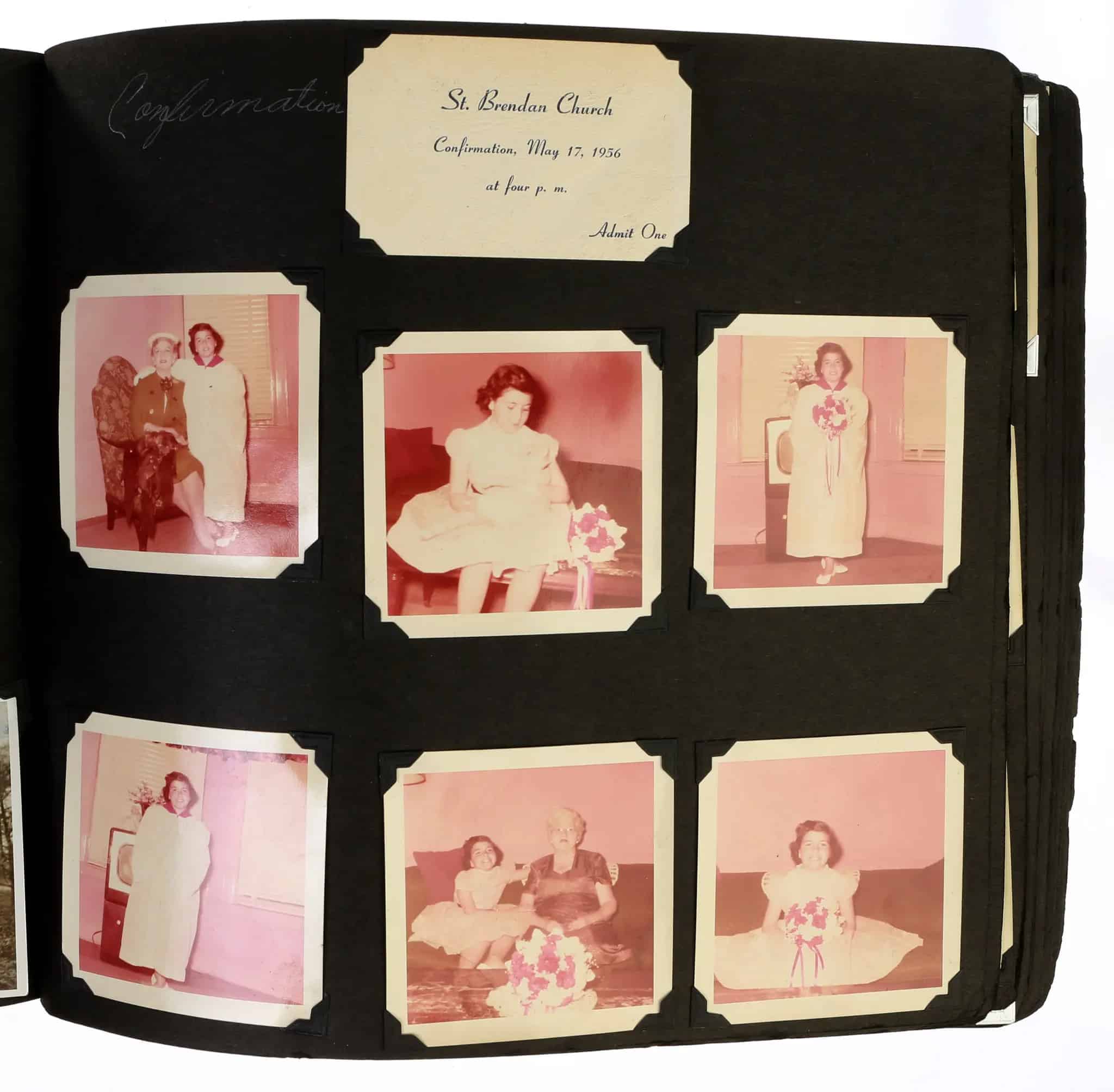
As Ms. Tursi unspooled her story, I learned the following: Ms. Consolo had obscured the identities of both of her parents. For example, Ms. Consolo’s father was named Frank, not John. And he did not die when she was a toddler but lived to the age of 94. Her mother was not a renowned child psychiatrist.
Ms. Consolo had said that she was born in the wealthy enclave of Shaker Heights, Ohio, but she was really born in downtown Cleveland. She also claimed that she moved to the tony suburb of Westport, Conn., as a young girl, but she really grew up on a dead-end street in Sheepshead Bay, Brooklyn.
Ms. Consolo’s longtime friends and colleagues never knew the truth, including Joseph Aquino, Ms. Consolo’s business partner for 26 years. “I remember once we were together in Westport, and I was all excited for her to show me the house where she grew up,” Mr. Aquino said. “But she got really vague and seemed sad, so I just dropped it, figuring she didn’t want to talk about it.”
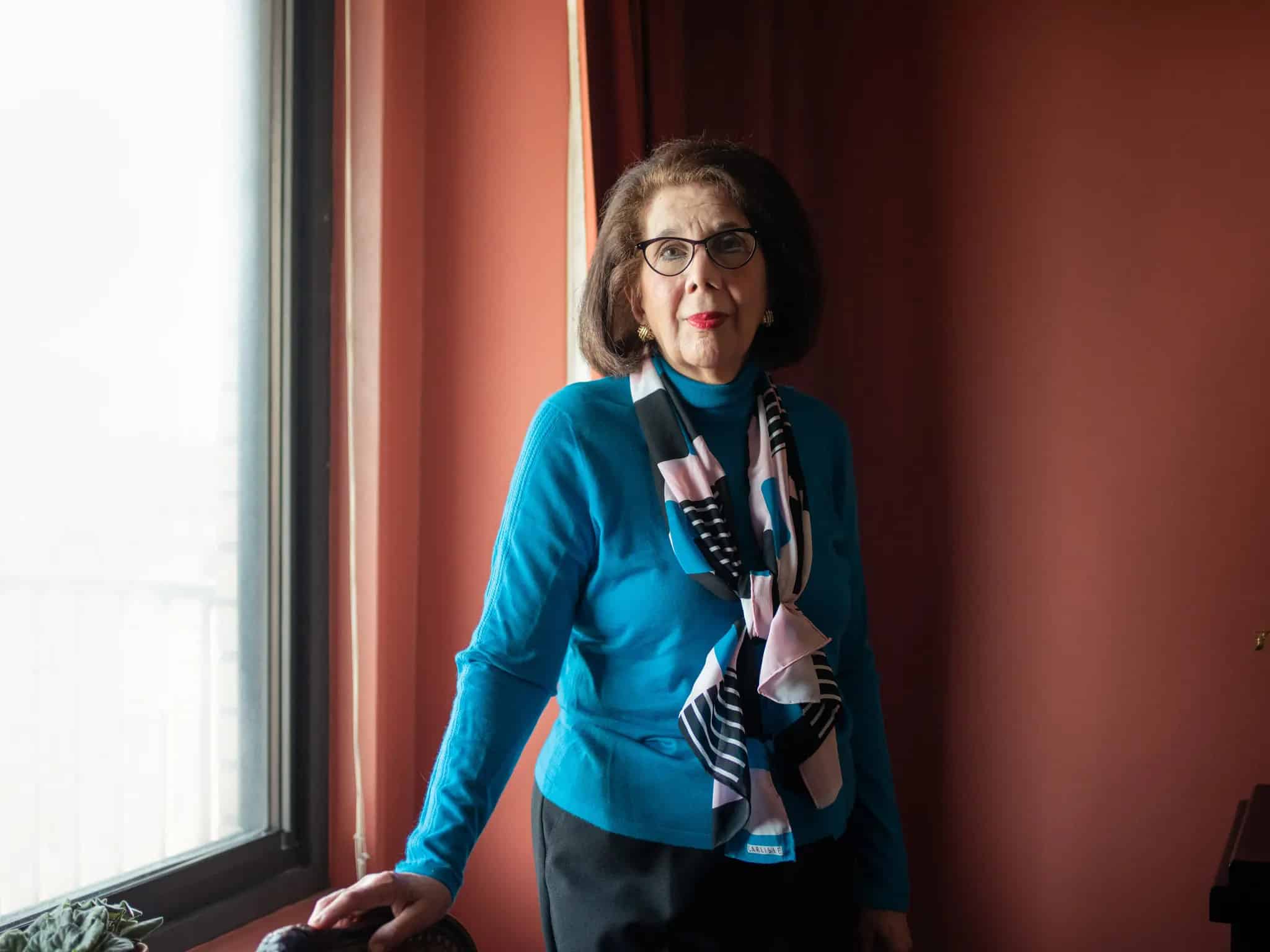
After Ms. Consolo’s death, Mr. Aquino learned that Faith had grown up just 10 blocks away from him. When I told him that she had been a student at St. Brendan’s, a Catholic School in Brooklyn (and not Miss Porter’s), he laughed. He had been confirmed at its church.
“We were best friends and business partners, she was my working wife, so of course, it turns out she also grew up in Brooklyn,” Mr. Aquino said. “In all those years I worked with her, I would talk about growing up in Brooklyn,” he continued. “She never said a word.”
Just a handful of people from Ms. Consolo’s distant past knew the truth about her origins, including Ms. Tursi. Their mothers were best friends. When Ms. Tursi, known as Betiayn, and Faith were children, they called each other cousins.
“I really believe that Faith just didn’t want people to know who she was,” said Ms. Tursi, who is the global chair of the Women in Law Empowerment Forum. “But to just abandon her real life like that — it is very sad to me.”
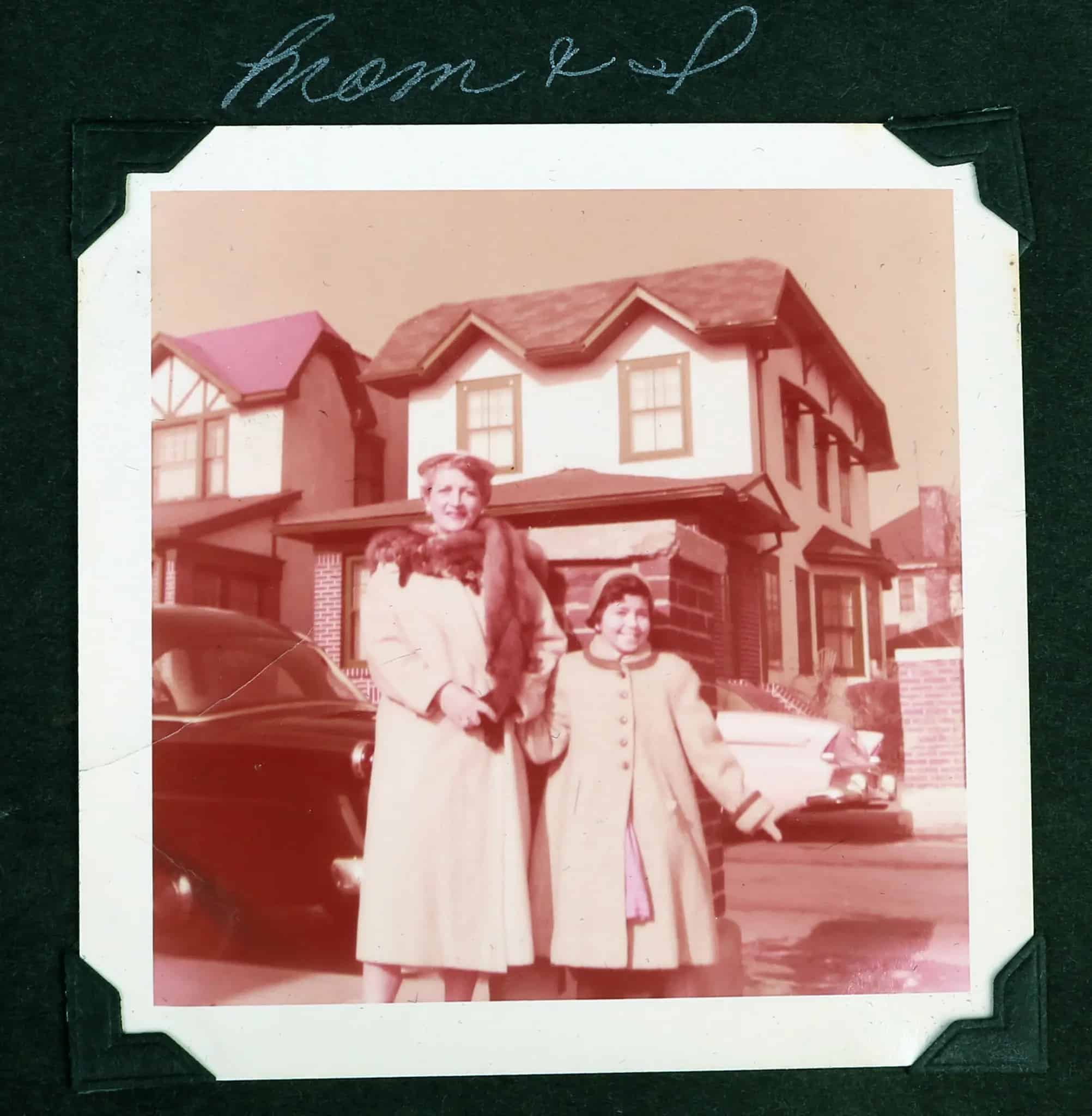
Ms. Consolo’s childhood was full of challenges. She lived with her mother, Rose Madden, who was nicknamed Jill, and her grandmother, in a small house just off Coney Island Avenue.
At a time when most mothers stayed home, Jill worked — not as a child psychiatrist, but as a hairdresser at Martin’s, a department store in Downtown Brooklyn. She would often use her Martin’s discount to buy her daughter and Ms. Tursi fashionable poodle skirts. “She gave Faith everything she could on a hairdresser’s salary,” Ms. Tursi said.
Jill had a heart ailment and died when Faith was 12. She was left to be raised by her grandmother, who died several years later, forcing Faith to fend for herself.
Over the years, Ms. Consolo created an idealized alternative childhood, one of wealth and privilege. “My mother used to buy me gloves in Rome when I was a child,” Ms. Consolo told The Daily News, in a profile in 2007. Ms. Tursi couldn’t imagine that Ms. Consolo’s mother ever traveled abroad.
As for Faith’s father, Frank Consolo was not a real estate executive, but a career criminal who did stints in Alcatraz and at the federal penitentiary in Leavenworth, Kan.
Although he was largely absent from Ms. Consolo’s childhood, the two shared a gift for self-mythology. When he wasn’t in jail, he was busy reinventing his own hard-knock life into a more fabulous one.
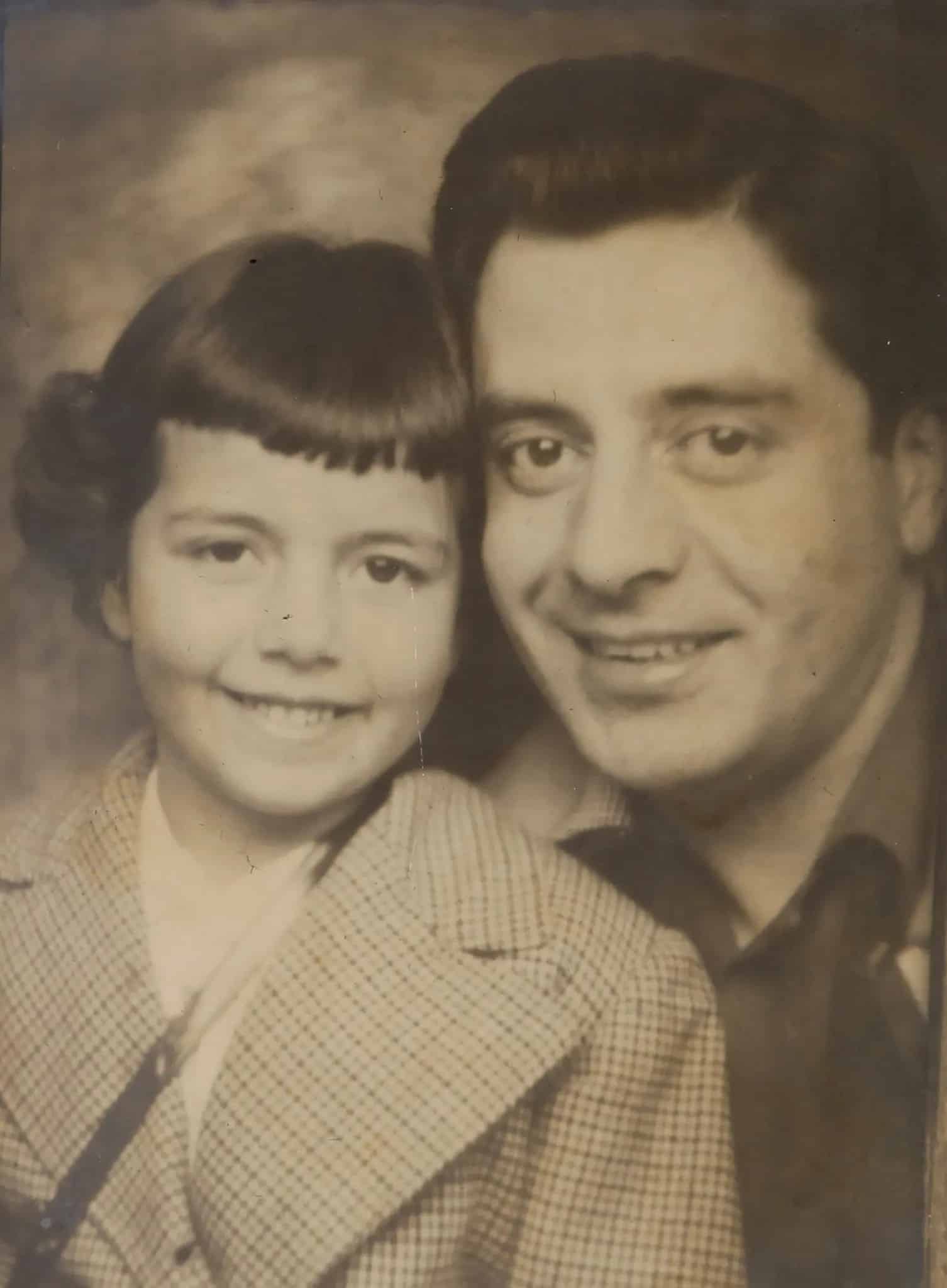
Not only did father and daughter look alike, with broad, handsome faces, they were also known to be gregarious and quick to anger. And Faith was not the only one given to extravagant dressing. “Frank used to wear diamond rings, just dripping in jewels, when he went out to garden,” said Frank’s third wife, Rose Consolo. “It was ridiculous.”
A gambler who was in and out of jail for most of his adult life, Frank was arrested for armed robbery, assault-and-battery, and involvement in a 1954 heroin racket that dealt more dope than Midwestern law enforcement was used to seeing. “For the first time,” according to The Cleveland Plain Dealer, “a federal prosecutor talked about the drug in terms of ‘kilos’” rather than ounces.
Frank was a fugitive when he met Jill Madden, his future wife, in Brooklyn in the 1940s. He had escaped from an Ohio prison by jumping out of a window and climbing down a tree, according to a newspaper interview he gave in 1945. He was eventually arrested and sent back to Cleveland on a warrant. Jill, by that time, was pregnant. She followed him there to have her baby, Faith.
Throughout her life, Faith was occasionally in touch with her father, according to his third wife, Rose Consolo. At one point after her mother’s death, Faith visited her father in Berkeley, Calif. He was living there with his second wife, Bonnie, and their two sons.
Bonnie, who had been born without arms, went on to star in an Academy Award-nominated documentary, “A Day in the Life of Bonnie Consolo,” in which she washes dishes, cooks dinner, and even drives a car with her feet. Frank can be seen in the film, sitting at the family dining table, Bonnie serving clusters of grapes gripped between her toes.
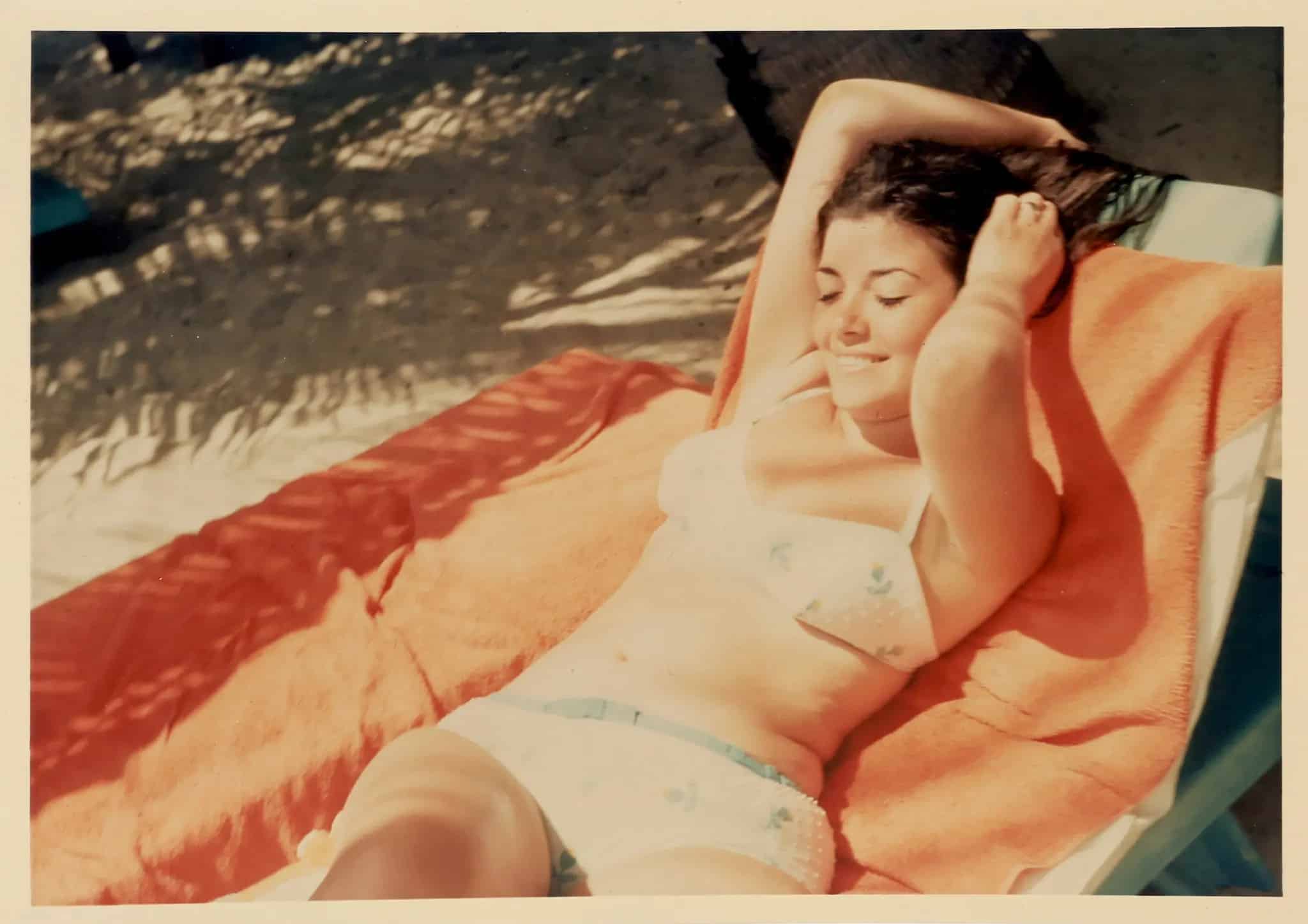
California must have appealed to the young Ms. Consolo, who claimed that she ended up in Malibu in the early 1970s, following two fast and failed marriages in the ’60s, both to men I was unable to track down.
Ms. Consolo’s time on the West Coast was difficult to confirm; thus, the 1970s are a blur. She said that she started an interior design business in Beverly Hills, and at some point ran a modeling agency called Super Girls, in which the cosmetics giant Max Factor supposedly took a major stake. No records could be found to corroborate the existence of either business.
By 1978, however, Ms. Consolo’s timeline becomes clearer, as does her professional and romantic trajectory. That year she was back in New York, working as a real estate broker, when she fell in love with Jerome Sidel, a stockbroker. They lived together for the next three decades, until Mr. Sidel’s death in 2011. There are no marriage records of the couple; not even Ms. Consolo’s stepson, Adam, knows if they were legally married.
I traveled to Bethesda, Md., to meet Adam, who was 6 years old when his father and Ms. Consolo began dating.
Over a cup of coffee that lasted several hours, I told Mr. Sidel what I had discovered. The two were not close, and he was somewhat dispassionate upon hearing the truth — words like “interesting,” and “not surprising,” peppered the conversation.
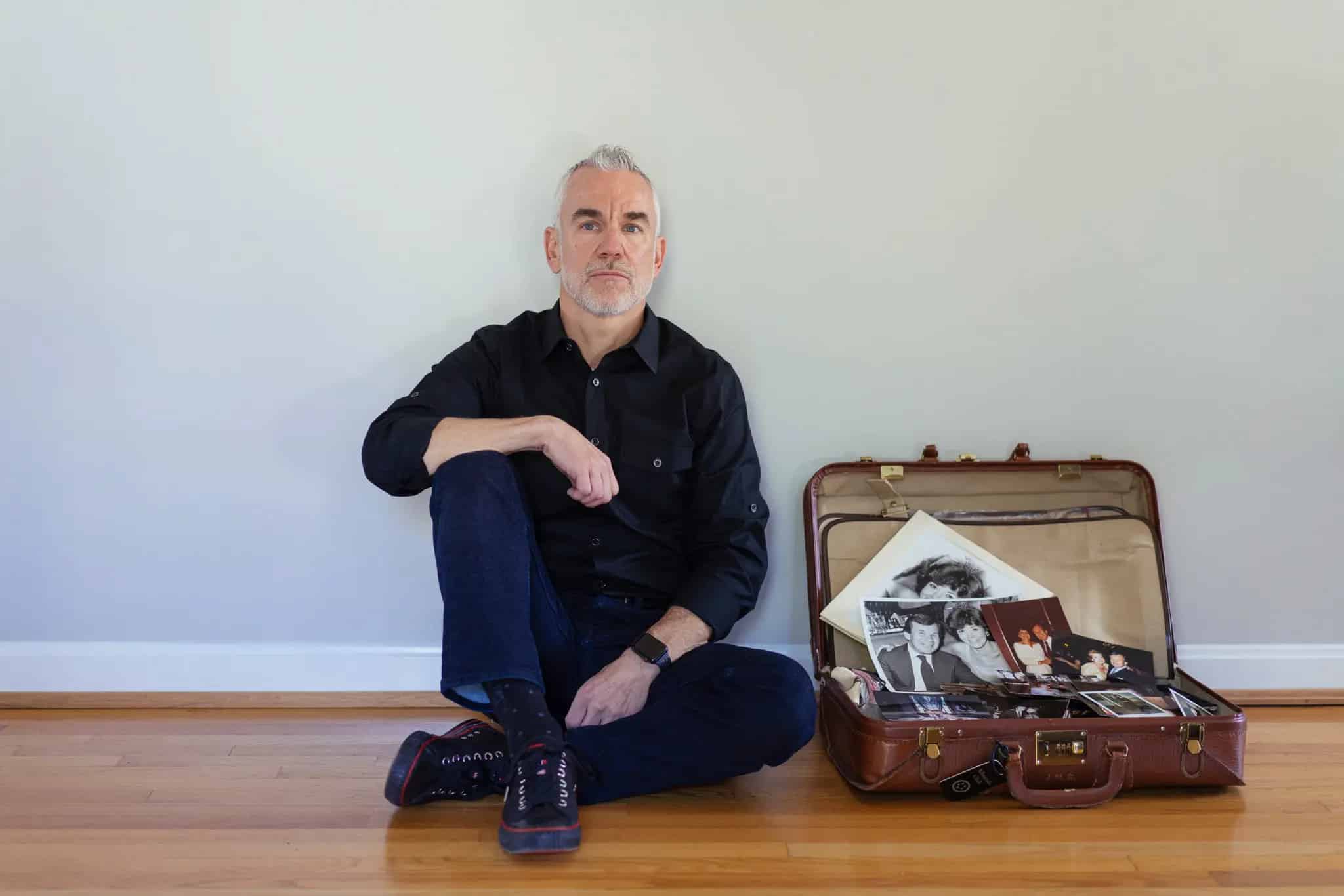
“They were intensely protective of each other,” he said of his father and stepmother’s relationship. “They had this whole world together.”
When he was growing up, Adam, who lived with his mother in Long Island, would visit the couple in New York City every other weekend. “It was a complete contrast to my normal suburban life,” Adam said. “It was two people, both of whom were driven and ambitious, going out to the finest restaurants, living this supremely Manhattan lifestyle.”
The couple took Adam on extravagant trips — always staying at a Four Seasons or a Ritz Carlton — and loved to eat out. They were regulars at the Brasserie, the restaurant at the Seagram’s Building that closed in 2015.
Mr. Sidel’s death from cancer in 2011 preceded a bumpy professional time for Ms. Consolo. In 2016, Mr. Aquino, Ms. Consolo’s longtime partner, filed a lawsuit, concerning commission payments, against Douglas Elliman and Ms. Consolo, during which some of her extravagant spending habits were revealed, like $100 daily makeup sessions and a $60,000 annual travel and entertainment budget. The lawsuit was eventually dismissed. Ms. Consolo and Mr. Aquino never reconciled.
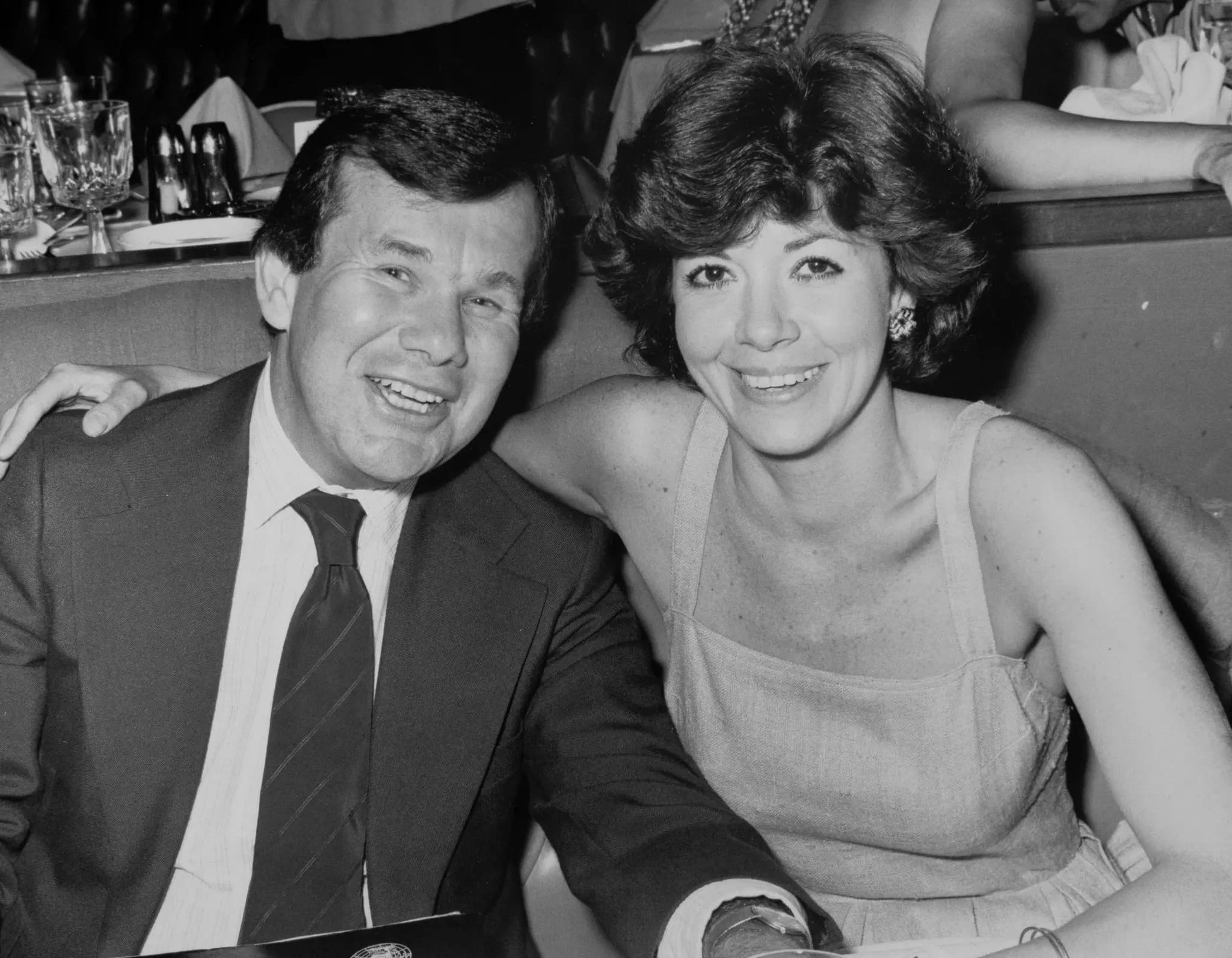
All of this was overshadowed by a sweeping real estate downturn; the retail industry that had enabled Ms. Consolo to take luxurious trips and shop regularly at Chanel for more than 30 years was suddenly collapsing.
Though she surely had success in real estate, much of Ms. Consolo’s professional life, it seems, was smoke and mirrors. She lived lavishly, but it is difficult to know the true extent of her wealth.
“With Jerry and Faith, whether they were comfortable, wealthy, or unbelievably rich is unclear,” Adam Sidel said. When his father died, Adam expected to see some money, but instead, he received a single item — a gold watch.
The couple’s Fifth Avenue home was a one-bedroom rental, and when Ms. Consolo died, several of her assets, including furs and jewels, were sold to pay outstanding bills, according to a longtime confidante, Rebecca Cox-Tianga.
Mrs. Cox-Tianga was probably Ms. Consolo’s closest friend at the end of her life. She met Ms. Consolo when she was just 18 at the Peninsula Hotel Spa, where she worked the front desk. Ms. Consolo would often come in for treatments. Over the years, Mrs. Cox-Tianga, now 45, became her companion, helping Ms. Consolo with tasks ranging from grocery shopping to writing news releases.
Like many of Ms. Consolo’s friends, Mrs. Cox-Tianga had no idea of Ms. Consolo’s past. Upon hearing the truth, her reaction was a mix of emotions — frustration and confusion, but also sadness for her friend and a desire to protect her.
On the day of her death, two days before Christmas, Ms. Consolo called Viand, the diner around the corner from her house that’s a local haunt of celebrities like Tommy Hilfiger and Michael Bloomberg. She placed her regular order of oatmeal and coffee, very light, no sugar. But when the deliveryman arrived with her food, Ms. Consolo did not answer.
The building staff called Mrs. Cox-Tianga, who raced to the apartment, where she found her friend lying on the floor, dressed in the white silk robe that she typically wore at home.
Ms. Consolo was cremated, and in the months that followed, several of those closest to her struggled with what to do with her ashes. Ms. Consolo had wanted to be laid to rest next to Mr. Sidel, but he was buried in a Jewish cemetery that prohibited non-Jews from being interred there.
Fittingly, in the end, her friends chose to bend the rules.
On a warm afternoon last spring, several of those closest to Ms. Consolo walked through the cemetery in Queens. They carried with them two plastic bags filled with her remains. They were in search of Mr. Sidel’s plot. When they found his tombstone — Ms. Consolo had it inscribed with “The Love Of My Life” — they knelt beside it and dug a hole. Then they poured in Ms. Consolo’s ashes, burying her beside him.
Susan C. Beachy and Alain Delaquérière contributed research.
A version of this article appears in print on Jan. 12, 2020, Section MB, Page 1 of the New York edition with the headline: A Life Of Real Estate … And Secrets. Order Reprints | Today’s Paper | Subscribe

